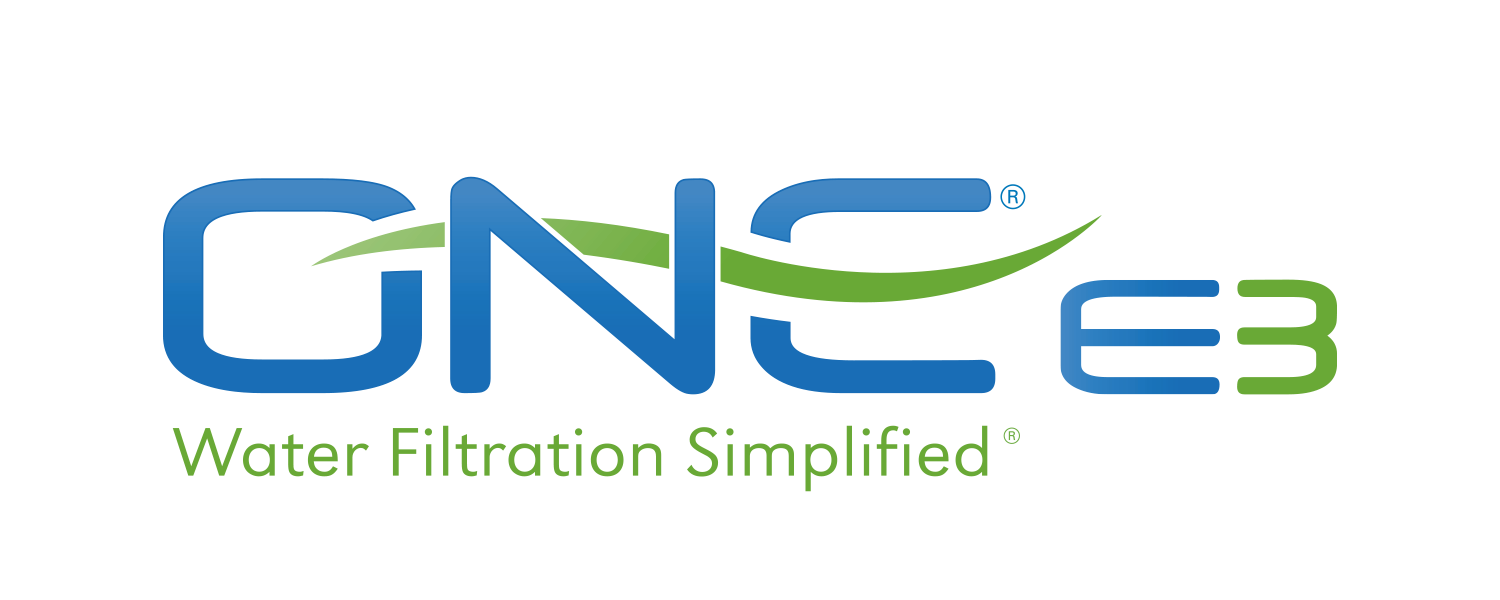A Pennsylvania state water survey was conducted over the course of the last 3 years, revealing PFAS throughout the state. The study has been cause for some division within the rust belt state. The Department of Environmental Protection made an announcement stating that the study did not indicate “widespread contamination”. However, other sources claim that these findings were based on outdated data. The EPA set an advisory maximum contaminant level of 70 parts per trillion. This limit was set many years ago, and more recent studies have indicated that levels of 10 parts per trillion may be too much. A senior scientist with Consumer Reports, Michael Hansen had the following to say to the Pittsburgh Post-Gazette. “A 10 parts per trillion limit is actually quite generous given the findings of newer studies. Ideally, for health, it should be much lower”.
The recent studies Hansen spoke of indicated that PFAS levels of even 1 or 2 parts per trillion can have negative health effects. The DEP announcement was based on the EPA limit, and only two of the samples contained contaminants that exceeded that limit. However, basing the state water survey on the 10 parts per trillion limit shows sixty-one samples of concerning levels. The DEP plans to establish their own maximum contaminant level, marking the first state to do so. Additionally, the department also is slated to spend $20 million on groundwater contamination, so measures are being taken to combat the chemicals.
The PIONEER system is the first of its kind whole-house lead, cyst and PFOA/PFOS removal system. Visit the PIONEER system page to learn more.



